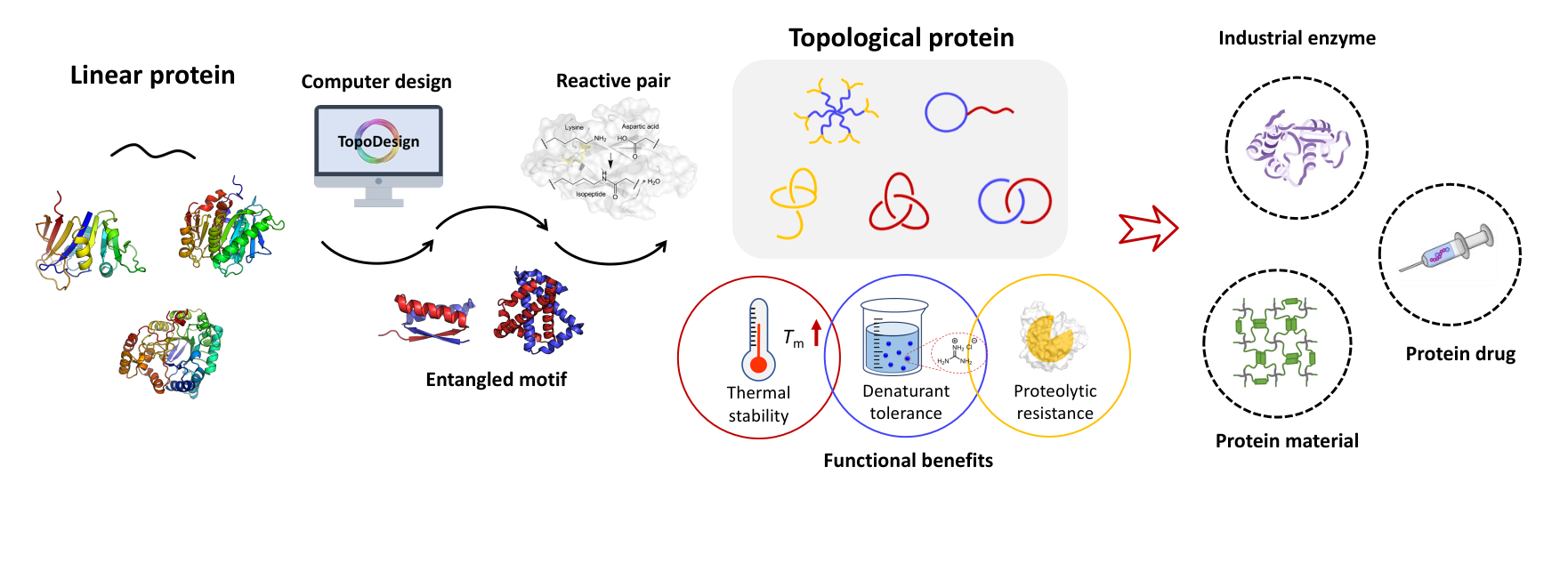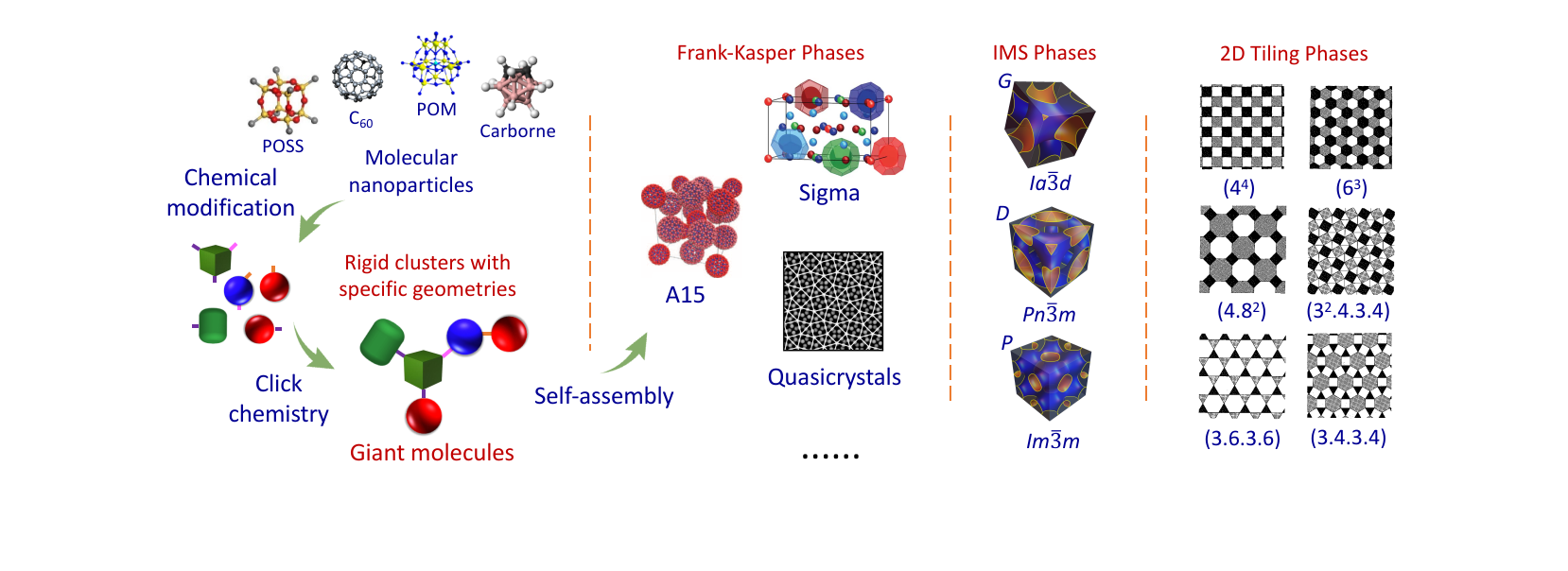箴言
在科学上没有平坦的大道,只有那些不畏艰险沿着陡峭山路攀登的人,才有希望达到光辉的顶点。
----马克思
-----------------------------------------------
合作研究
请有兴趣的研究组联系我们。欢迎任何形式的合作,尤其是在自组装、水凝胶以及生物医药等方向的合作。
------------------------------------------
研究成果
Zhang, W.-B.; Yu, X.; Wang, C.-L.; Sun, H.-J.; Hsieh, I-F.; Li, Y.; Dong, X.-H.; Yue, K.; Van Horn, R. M.; Cheng, S. Z. D.* Molecular Nanoparticles Are Unique Elements for Macromolecular Science: From “Nanoatoms” to Giant Molecules. Macromolecules 2014, 47, 1221-1239. [Link] [PDF]

Abstract
In this Perspective, we present a unique approach to the design and synthesis of giant molecules based on “nanoatoms” for engineering structures across multiple length scales and controlling their macroscopic properties. Herein, “nanoatoms” refer to shape-persistent molecular nanoparticles (MNPs) with precisely defined chemical structures and surface functionalities that can serve as elemental building blocks for the precision synthesis of giant molecules by methods such as sequential “click” approach. Typical “nanoatoms” include those MNPs based on fullerenes, polyhedral oligomeric silsesquioxanes, polyoxometalates, and folded globular proteins. The resulting giant molecules are precisely defined macromolecules. They include, but are not limited to, giant surfactants, giant shape amphiphiles, and giant polyhedra. Giant surfactants are polymer tail-tethered “nanoatoms” where the two components have drastic chemical differences to impart amphiphilicity. Giant shape amphiphiles not only are built up by covalently bonded MNPs of distinct shapes where the self-assembly is driven by chemical interactions but also are largely influenced by the packing constraints of each individual shape. Giant polyhedra are either made of a large MNP or by deliberately placing “nanoatoms” at the vertices of a polyhedron. In general, giant molecules capture the essential structural features of their small-molecule counterparts in many ways but possess much larger sizes. They are recognized in certain cases as size-amplified versions of those counterparts, and often, they bridge the gap between small molecules and traditional macromolecules. Highly diverse, thermodynamically stable and metastable hierarchal structures are commonly observed in the bulk, thin film, and solution states of these giant molecules. Controlled structural variations by precision synthesis further reveal a remarkable sensitivity of their self-assembled structures to the primary chemical structures. Unconventional nanostructures can be obtained in confined environments or through directed self-assembly. All the results demonstrate that MNPs are unique elements for macromolecular science, providing a versatile platform for engineering nanostructures that are not only scientifically intriguing but also technologically relevant.





